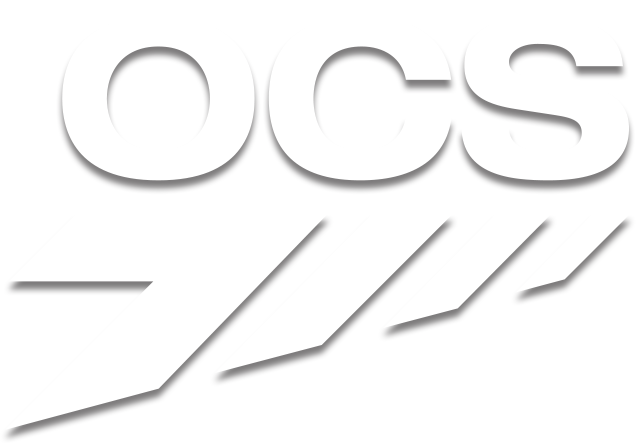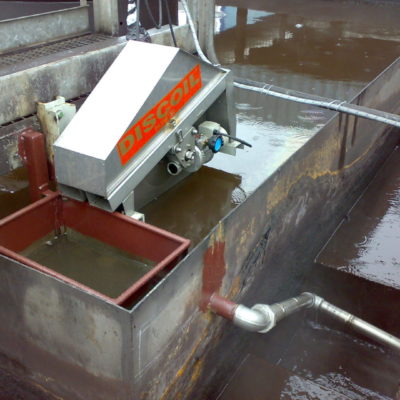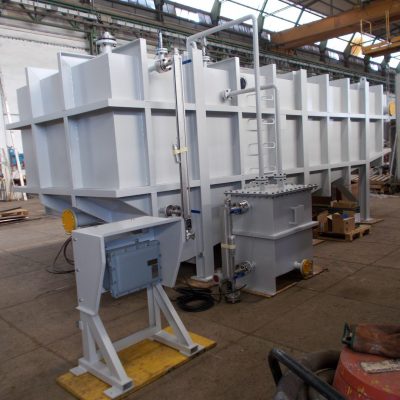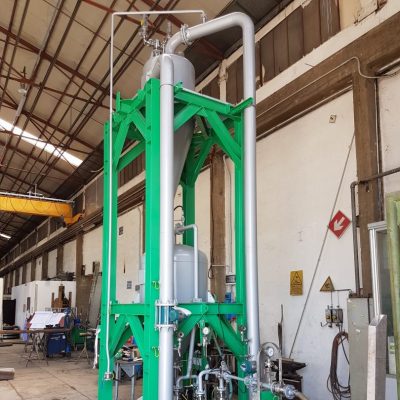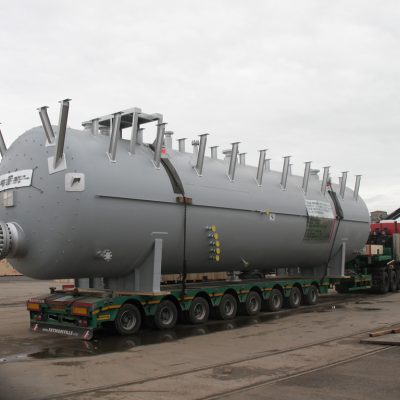OCS can provide the best solution in process design for Oil Recovery Technologies, such as Desalters, Dehydrators, CPI, IGF/IAF, Nutshellfilters and Hydrocyclones.
Desalters remove inorganic salt, water and sediment from the oil feedstock. This process prevents the severe corrosion of pipe walls, and other equipment in which they come in contact during processing.
Other technologies to remove oil from produced water may be perfomed in different steps, according to the quantity of oil to be removed, its density, particles, and to the required final performance (residual oil/water permitted for discharge or reuse).
CPI (Corrugated Plates Interceptor) is well effective for the separation of low density oil and when the oil load is high, granting its gravity separation (above 90%). It can be designed as pressure vessel or atmospheric tank, in which lamella packs are inserted, providing a longer path for the oil droplets to travel to the top of the tank. The oil collected on the surface of water is skimmed and flows continuously by: DISCOIL: a special skimmer with discs, patented by OCS. Useful for atmospheric tank, with a high efficiency of separation (for further information visit www.discoil.it).
TURNABLE PIPE: It is equipped with a groove which the oil overflows into. Useful for vessels that contain natural gas. Solids are extracted from the bottom of the tank.
